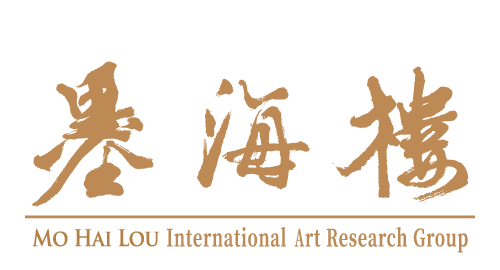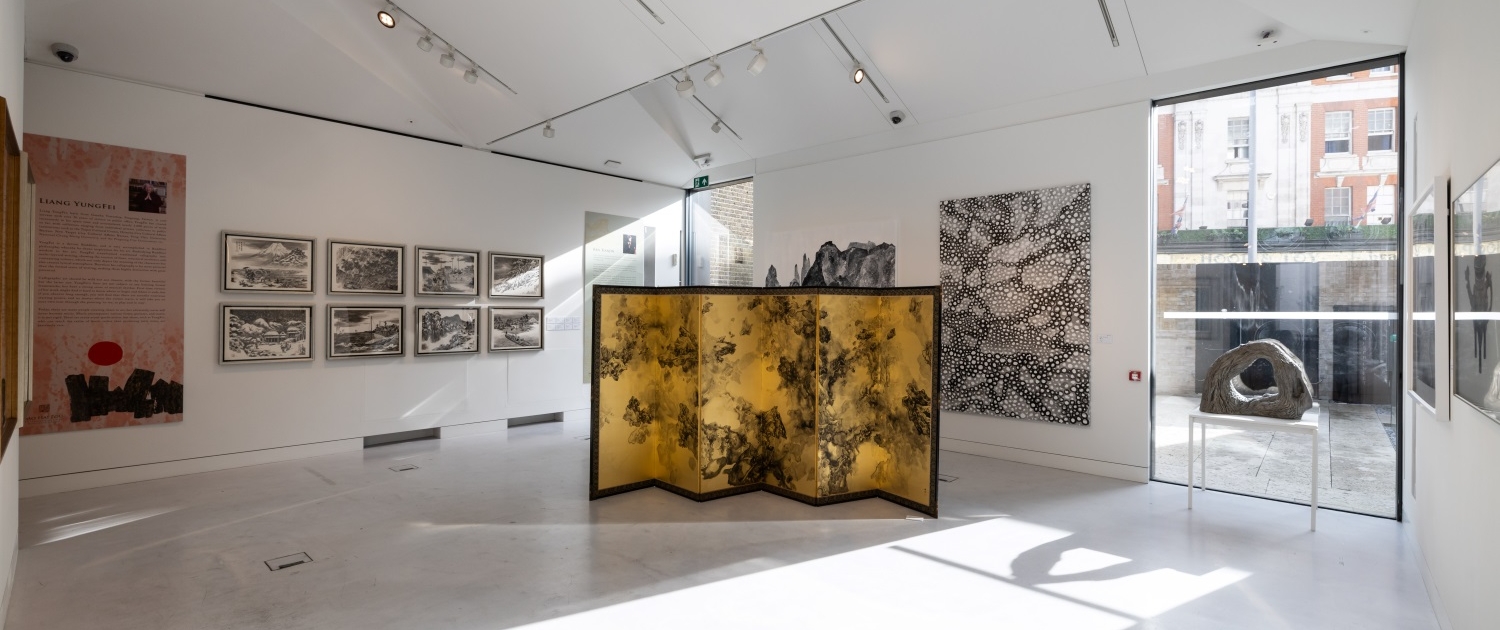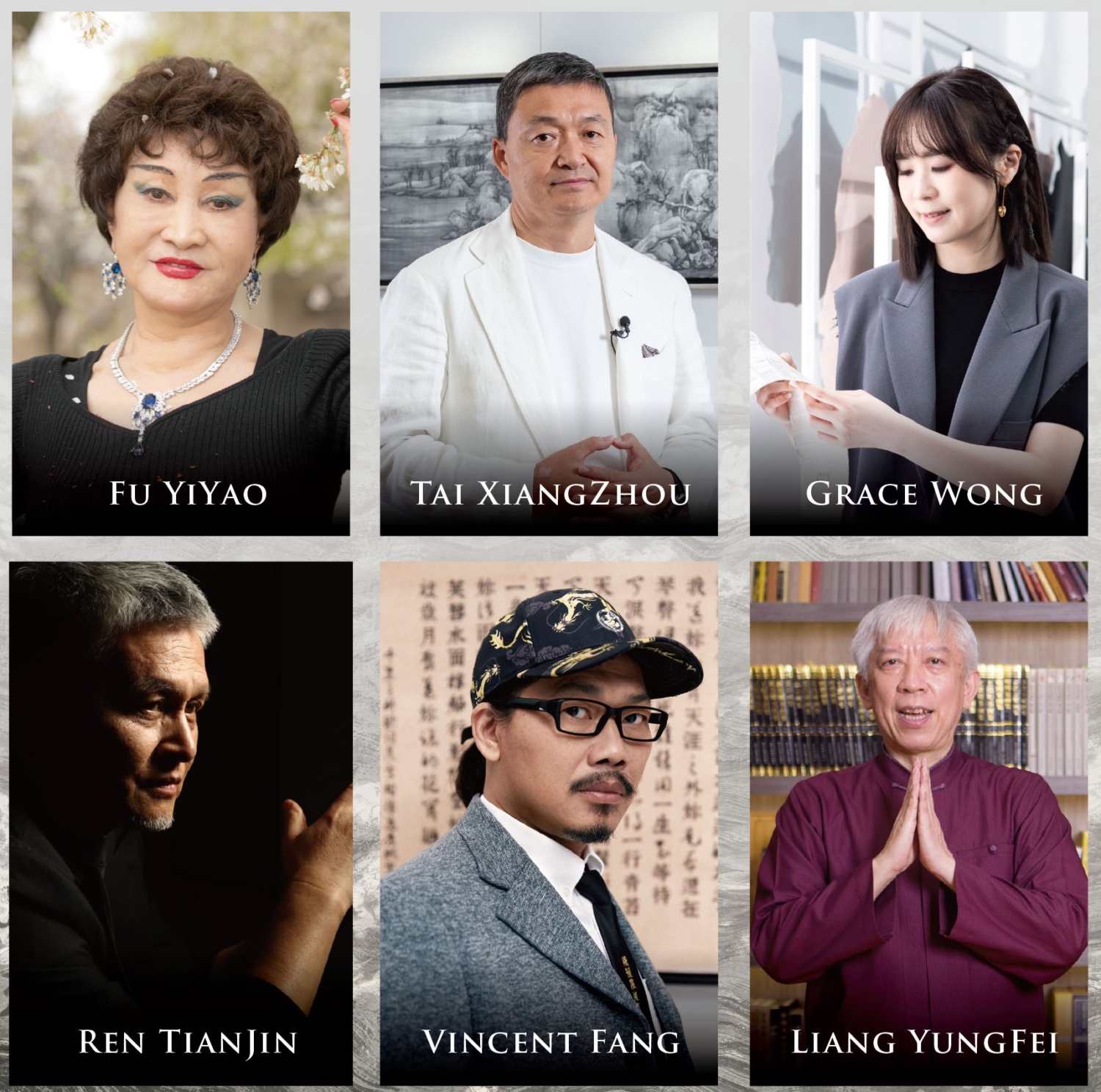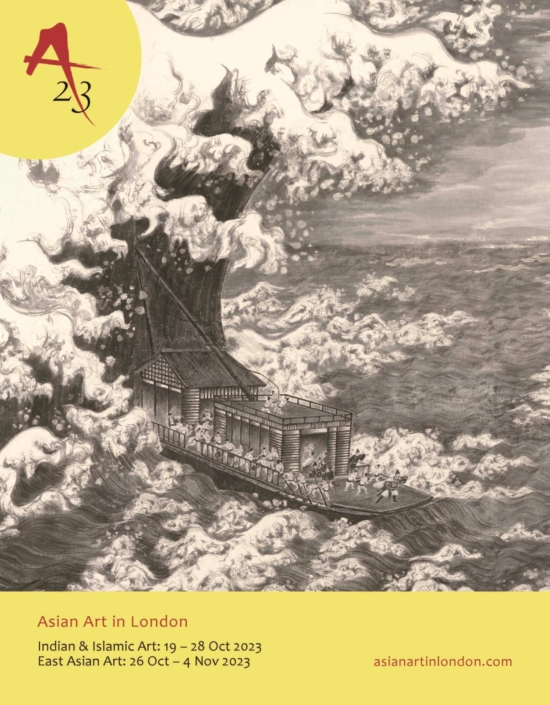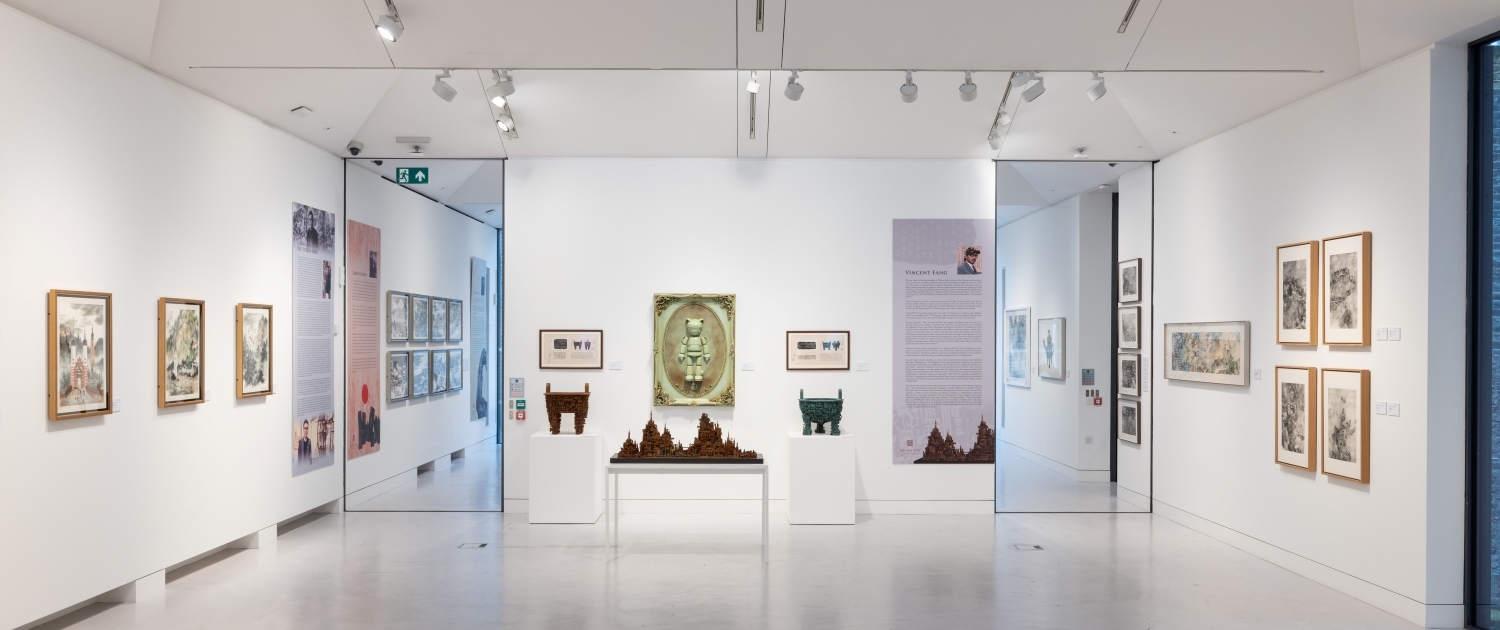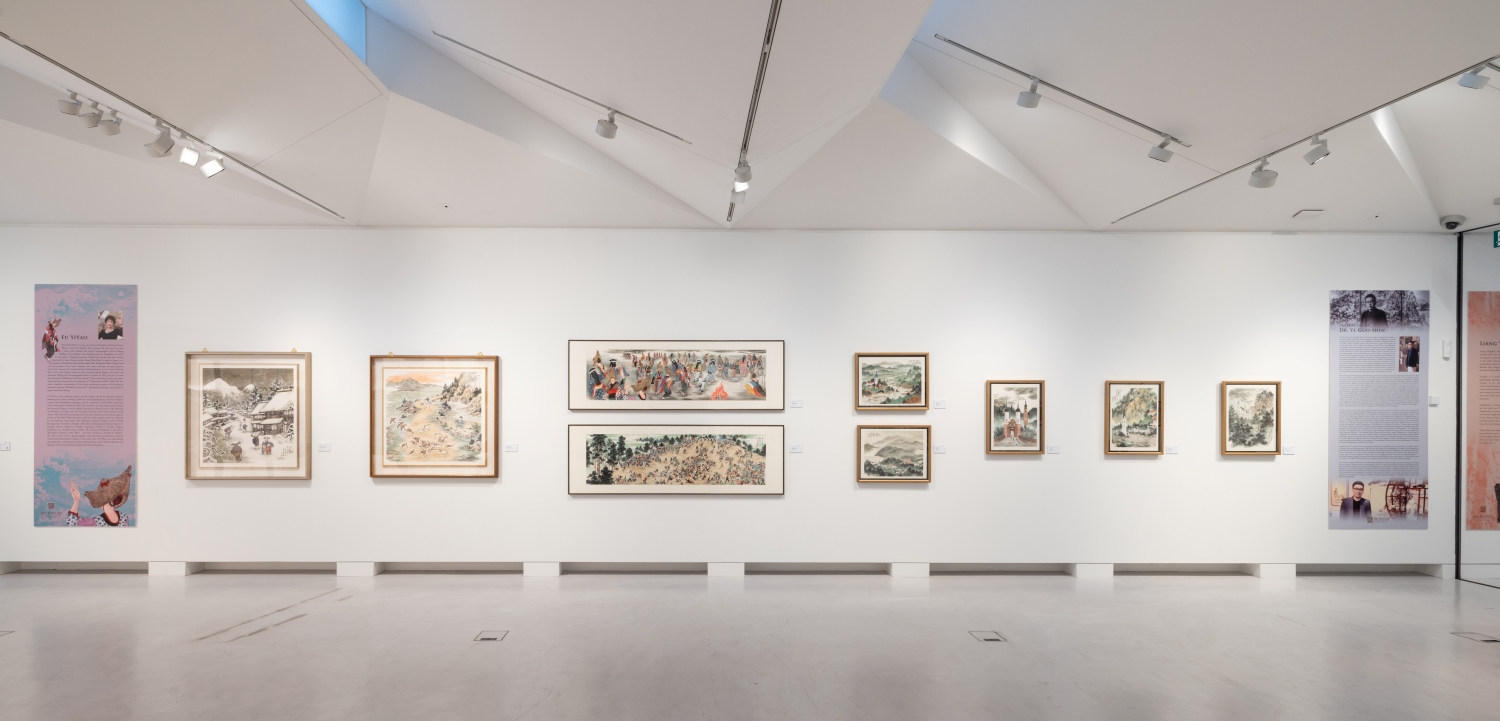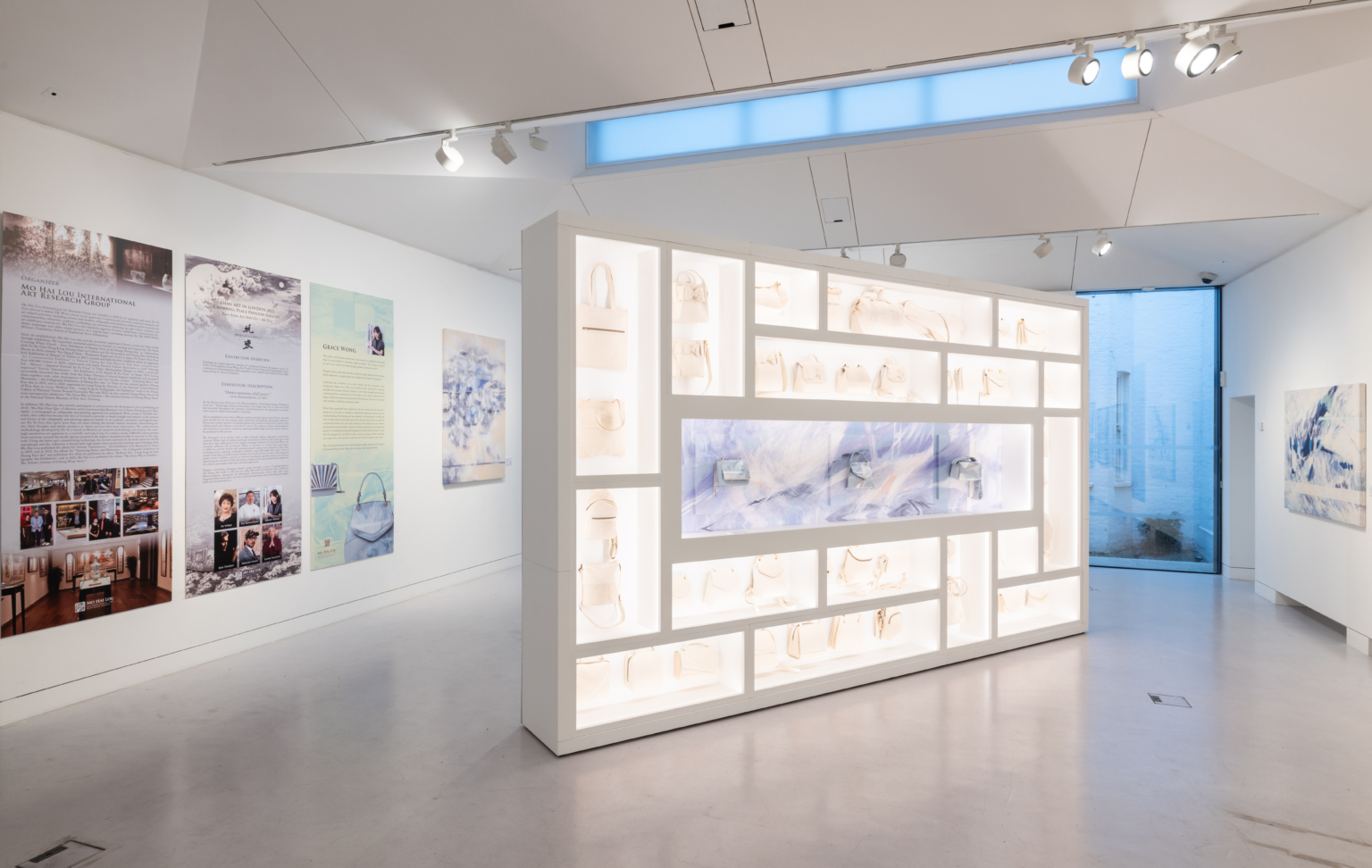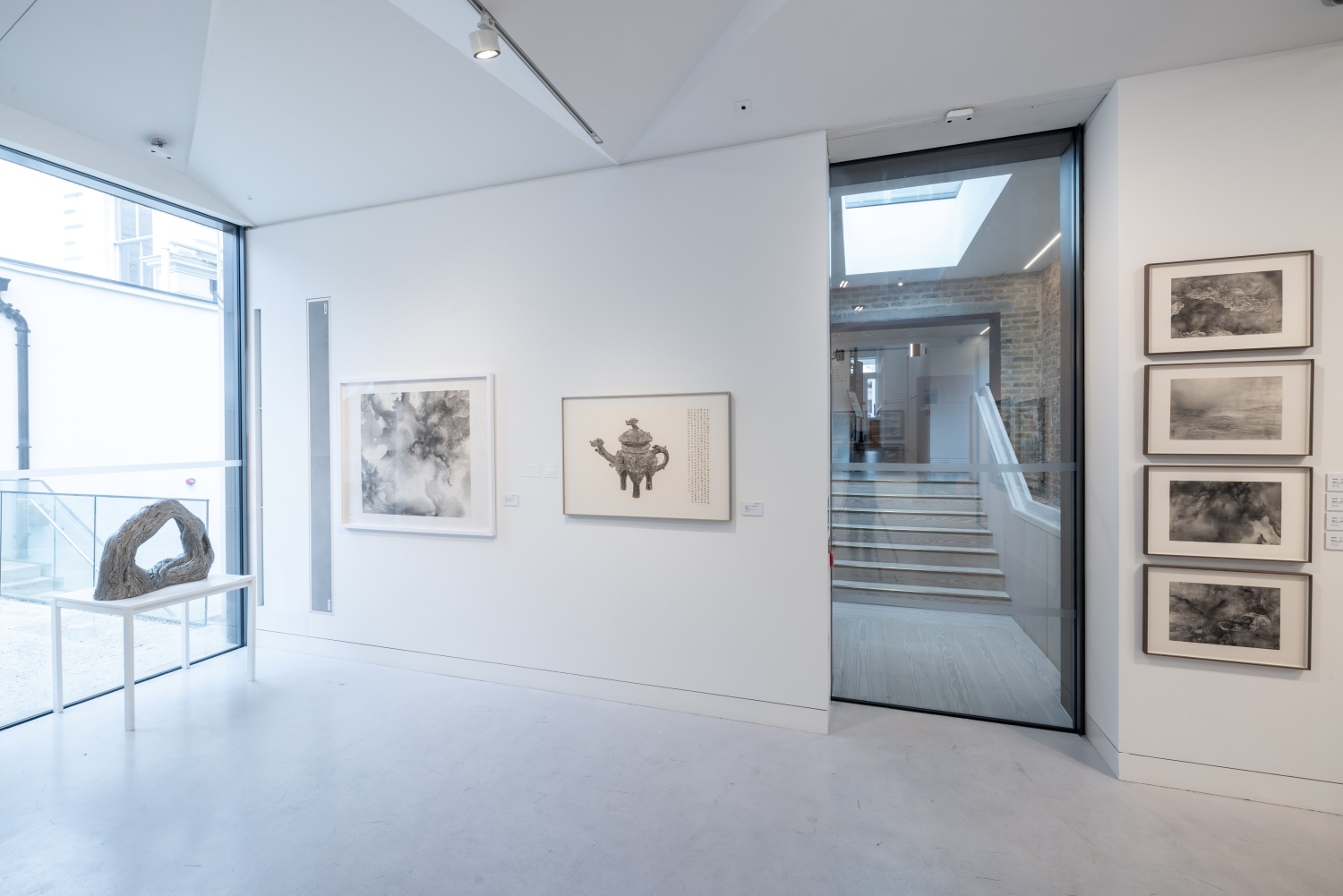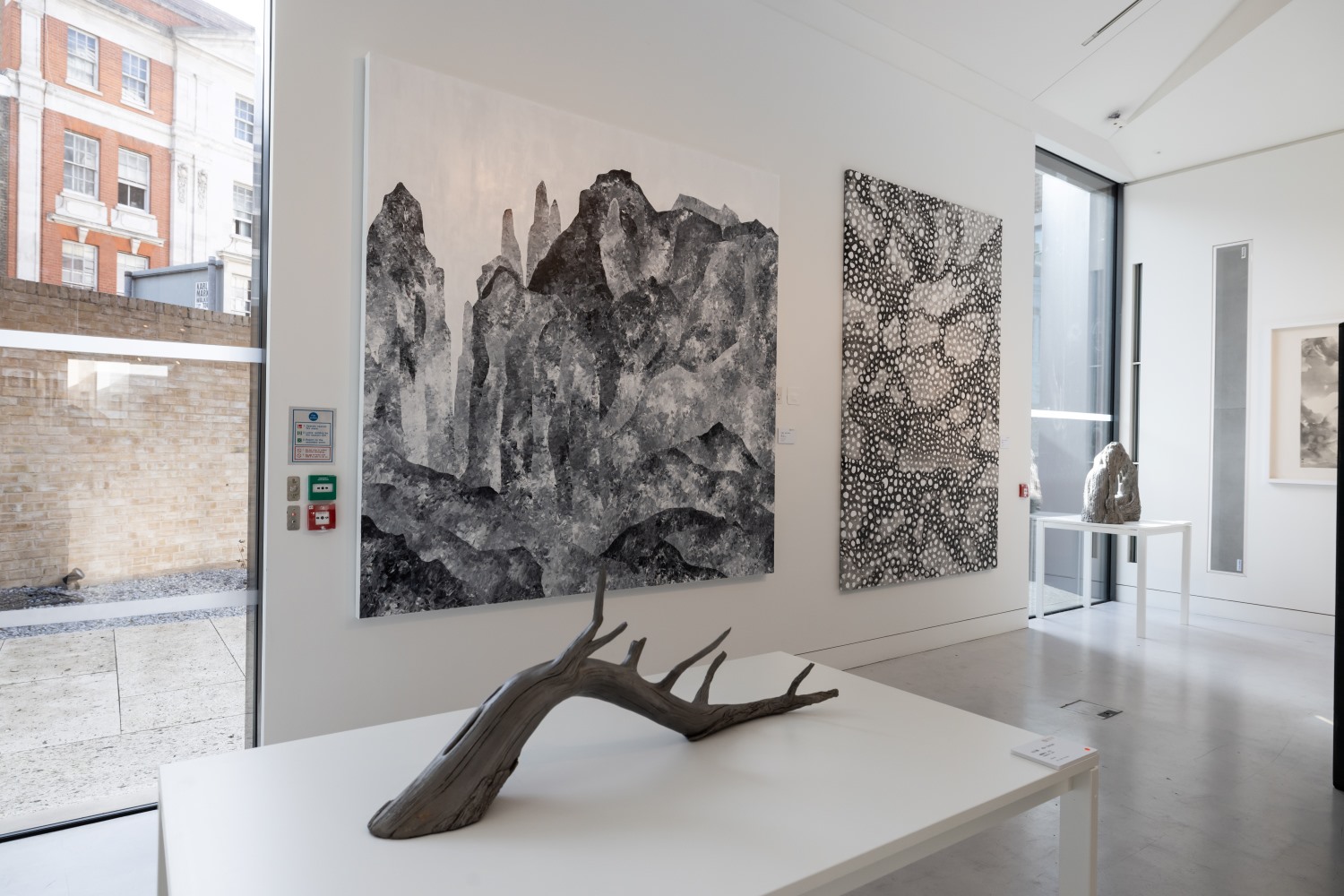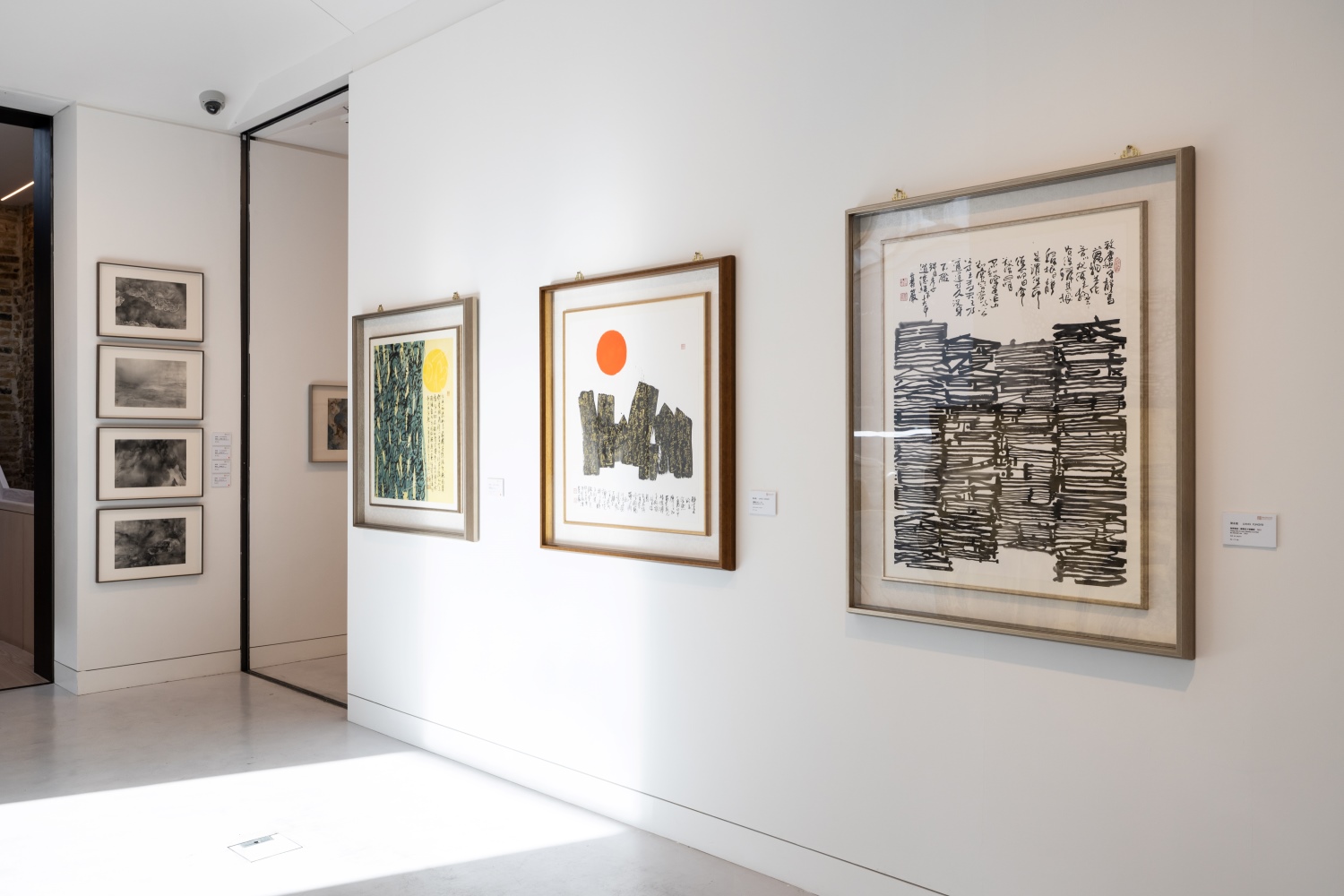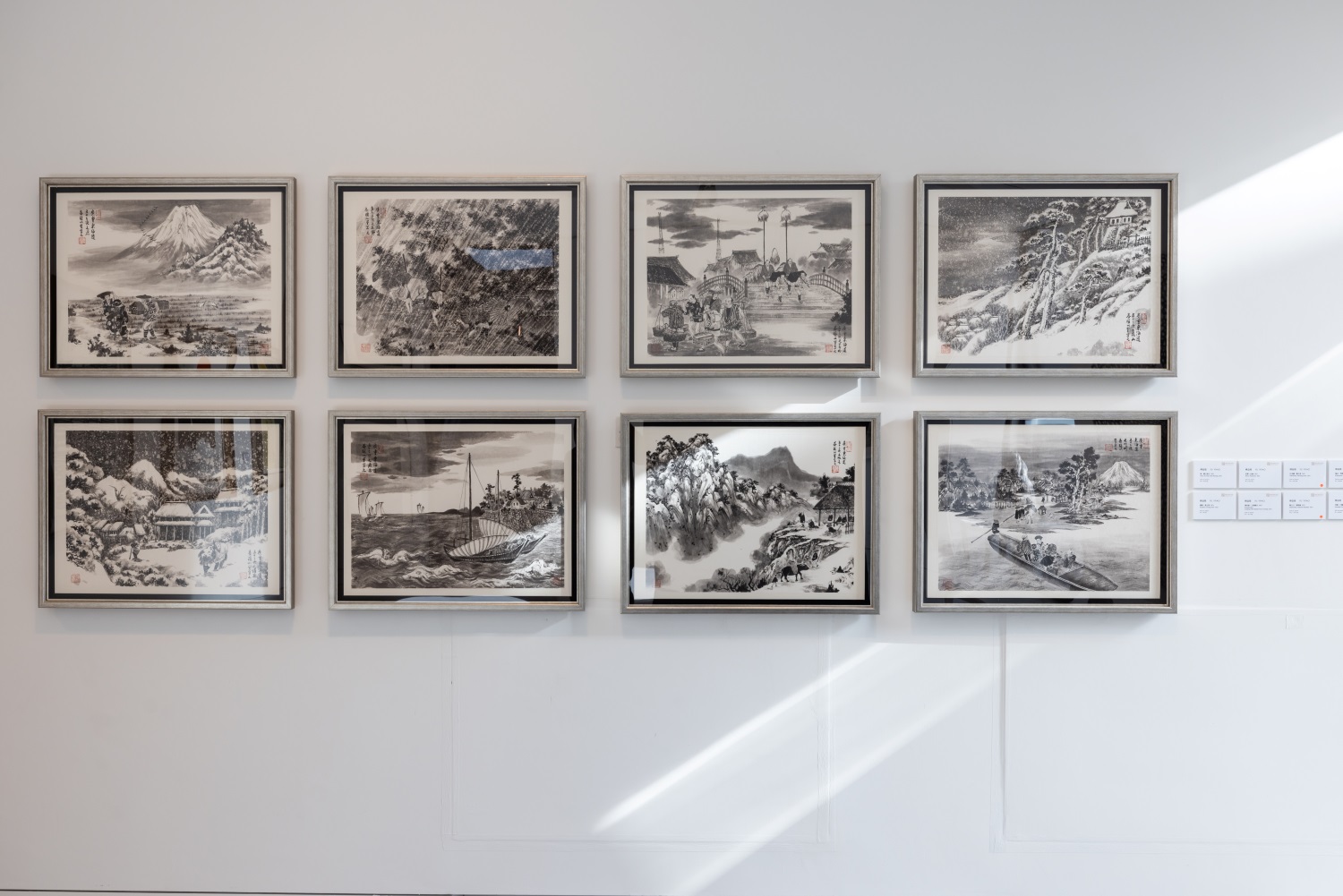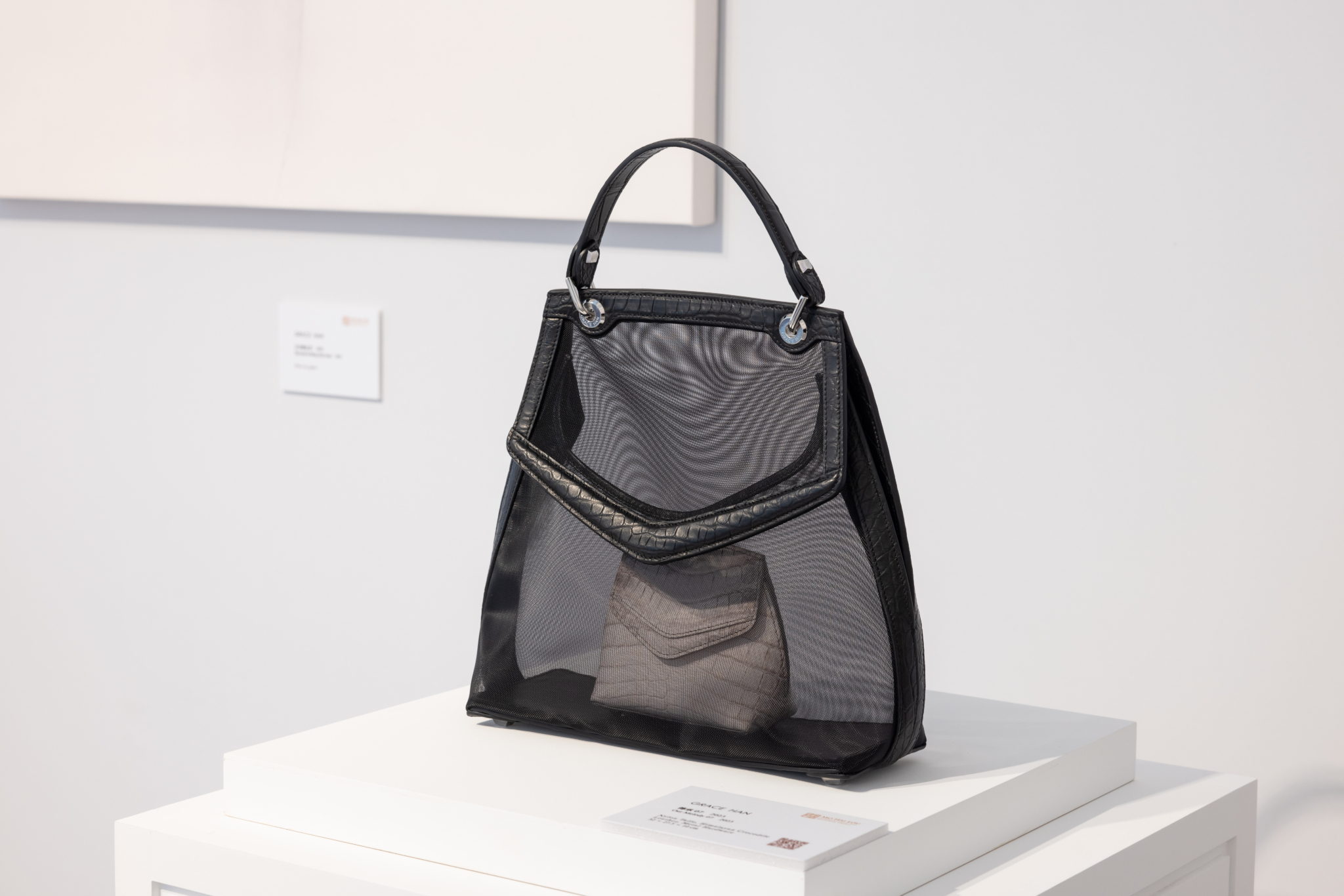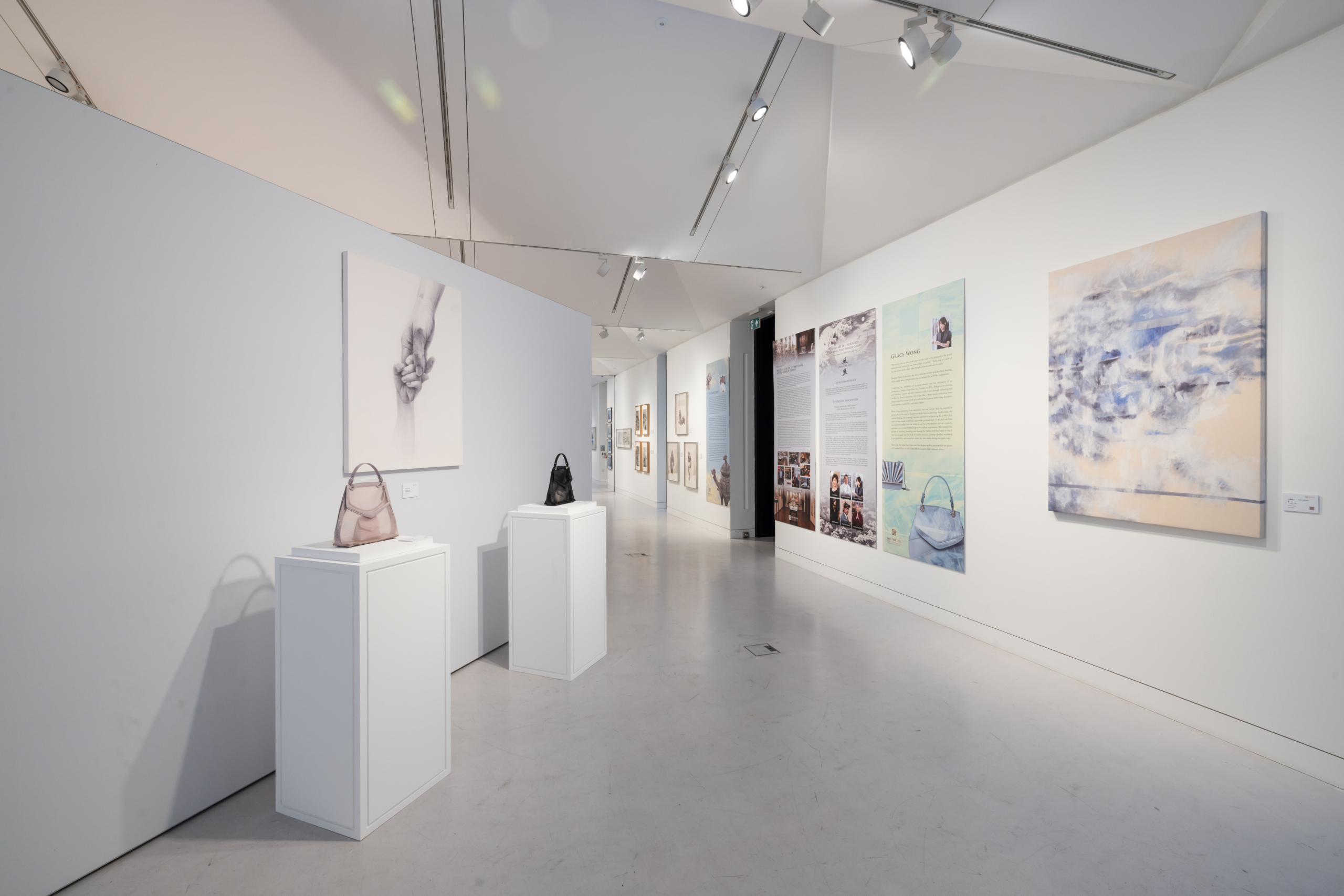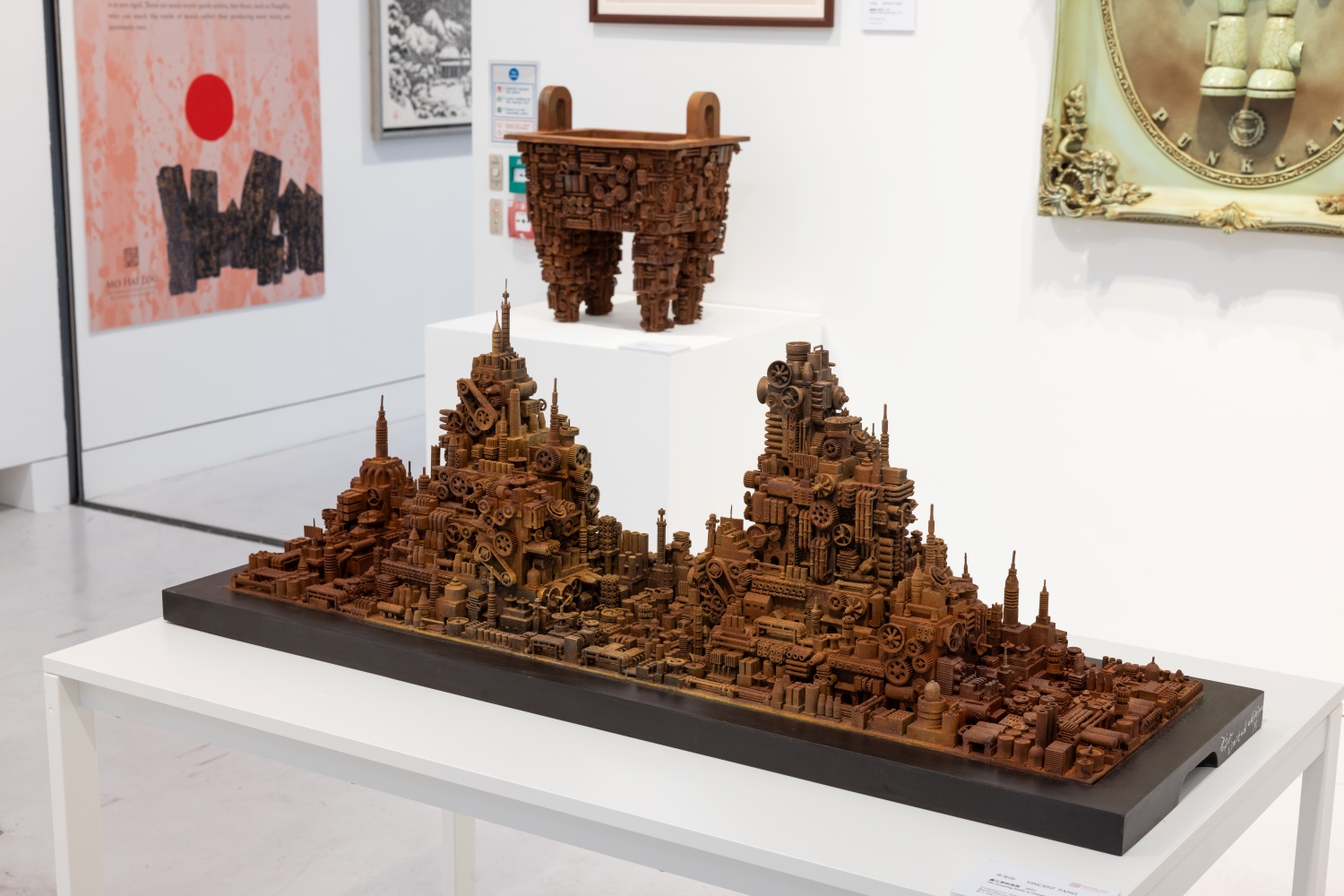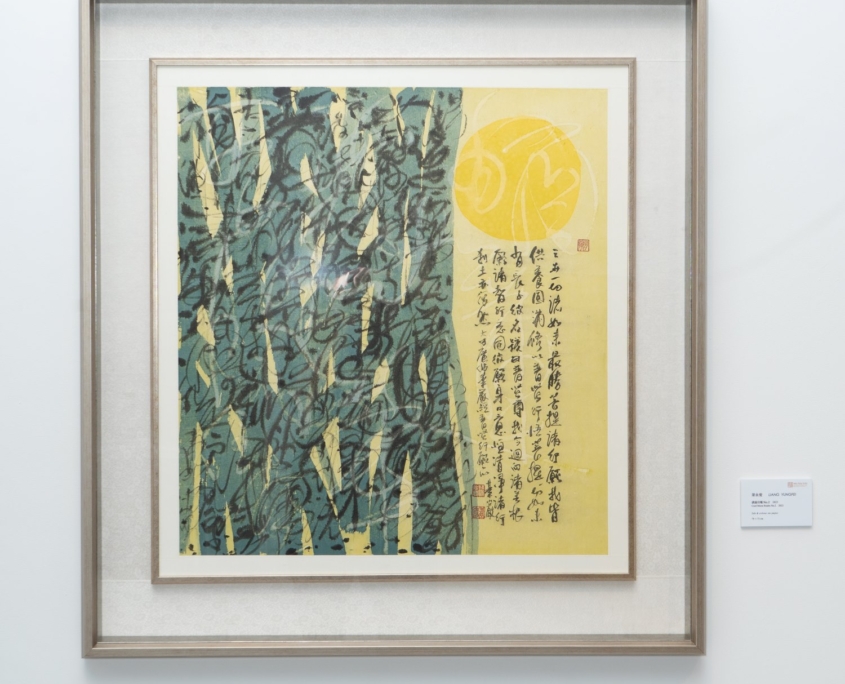Exhibition Period
Opening Ceremony
exhibition,This “Metamorphosis“ showcases the transformative works of six prominent contemporary Chinese and Japanese artists: Fu Yi-Yao, Tai Xiang-Zhou, Grace Wong, Ren Tian-Jin, Vincent Fang, and Liang Yung-Fei.
As the Roman poet Ovid put in his Metamorphoses, “Everything changes, Nothing is truly lost.” Deceivingly obvious at first glance, this adage rings true on many levels and has resonated throughout the centuries, reverberating from one generation to another with immense depth and breadth of meaning.
All accomplished artists have different creative periods during their lifetime, whereby each period has its own unique style, technique and aesthetic philosophy behind it. Every new creative period is a metamorphosis, an evolution of the artist’s artistic style, adding depth and richness to the artist’s oeuvre. The impetus of these metamorphoses and evolution is an artist’s creativity, spurring breakthroughs and new artistic styles to be produced in the process.
The formation of an artistic style is often through endless exploration and artistic creation. What kind of culture and local environment did the artist grow up in, and how were they influenced in the mutual exchanges between the East and West, will certainly influence this formation. When a successful art creator faces new topics in different periods, he/she will naturally absorb various new elements at that time, including form, material, technique, aesthetics, and philosophy. The artist’s state of mind at that time, as well as inner essence are complementary in nature. The expressive power of art is limitless and has no national boundaries, and the essence of art lies in expressing the sincerity of life. The artistic creation style and statement that emphasize the artist’s personality and inner spiritual expression.
Despite everything changing, despite going through a series of metamorphosis, the things that made us who we are today will never be forgotten. This exhibition, Metamorphosis, showcases six prominent contemporary artists who have never forgotten their roots, their core inner spiritual expression, only achieving new heights with each metamorphosis.
